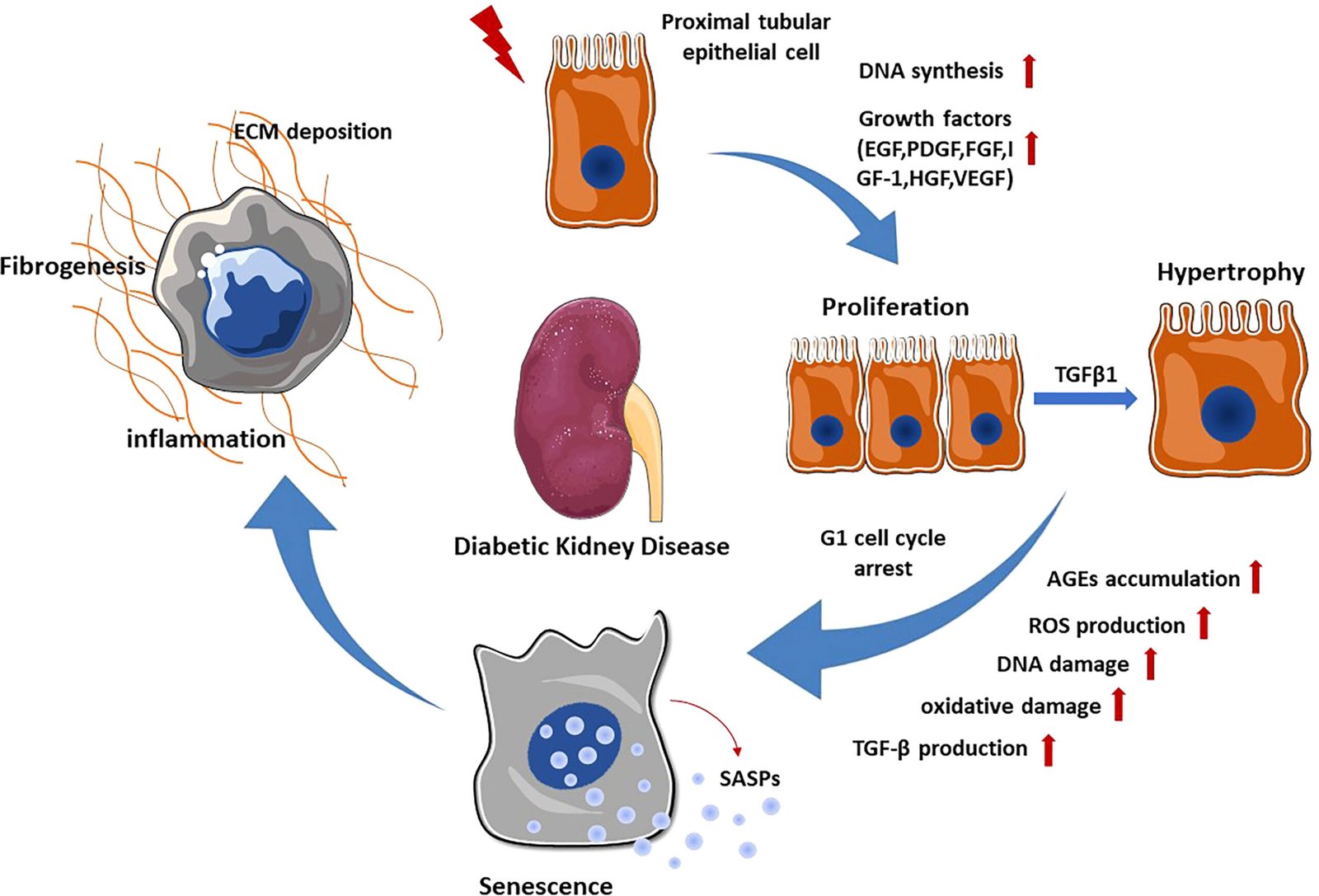Lady Gaga, Barack Obama, Bill Gates, Paul McCartney, Justin Bieber, Jimi Hendrix, Judy Garland, and David Bowie – what do they all have in common? Beyond their diverse talents, they share the unique trait of being left-handed, a characteristic present in roughly 10% of the population.
The mystery of why some individuals are left-handed while most are right-handed has long intrigued scientists, prompting ongoing research in the field. A recent study sheds new light on the genetic basis of left-handedness, revealing rare variants of a gene called TUBB4B to be associated with a predisposition towards left-handedness.
Although these genetic variations account for a small fraction, approximately 0.1%, of left-handedness, they offer valuable insights into the developmental mechanisms underlying brain asymmetry, which ultimately determines hand dominance.
Neurobiologist Clyde Francks, from the Max Planck Institute for Psycholinguistics, explains that most individuals exhibit hemispheric dominance in the brain, with the left hemisphere typically controlling language and the right hemisphere directing spatial tasks. In right-handers, the left hemisphere governs the dominant right hand, while in left-handers, this control is shifted to the right hemisphere.
The TUBB4B gene plays a crucial role in cell structure, influencing the formation of microtubules that contribute to brain asymmetry. By identifying rare mutations in TUBB4B more prevalent in left-handed individuals, researchers suggest that microtubules play a role in establishing normal brain asymmetry during development.
The study, based on genetic data from over 350,000 individuals in the UK Biobank, underscores the complex interplay between genetics and environment in determining hand dominance. While chance may play a significant role for many, some instances of left-handedness may arise from specific genetic factors or environmental influences during embryonic brain development.
Throughout history, left-handedness has faced cultural stigma and attempts to enforce right-handedness. The prevalence of left-handedness varies globally, with lower rates in certain regions due to cultural suppression.
Beyond its implications for understanding brain development, the study’s findings may also hold relevance in psychiatry. Although most left-handed individuals do not have psychiatric conditions, associations have been observed between left-handedness and conditions such as schizophrenia and autism, hinting at shared genetic factors influencing brain asymmetry and psychiatric traits.
As research in this field continues to unravel the intricate genetic and developmental mechanisms behind left-handedness, it offers valuable insights into the complexities of human cognition and behavior.



